| description |
Females are moderately hairy, with short hairs, and shallow punctures of the pronotum; the surfaces is smooth and somewhat shiny. The color is a dingy reddish brown, paler anteriorly. The face is a creamy white color, finely punctured with light reddish brown. The pronotum is pale brown mixed with cream, with darker reddish brown bands rising from above the eyes. There is an oblique diagonal whitish band extending backwards from the crest to the lateral margins of the pronotum, and a vertical thicker band near the apex. There is a mid-dorsal translucent spot, and the lateral margins of the pronotom are bordered with white (characteristic of this species). The forewings are hyaline, with a testaceous base. Males are similar to females, strongly shining and ranging in color from red to black. The pale markings are whiter and more clearly defined than in the females. The body beneath is black (whereas in females it is testaceous), and the legs are testaceous as well, differing from the females in having black femora. The forewings are hyaline and clearer than in females. Adult males are 5.0 mm long, while females are 5.5 mm. (Kopp & Yonke 1973) |
| behavior |
To listen to the male courtship call for this genus, listen here. These courtship calls are not audible to the human ear, and the calls here are produced by recording the substrate vibrations that the treehoppers use to communicate through the plants themselves. The recorded call is then amplified so that it is now audible to human ears. Research has shown that treehoppers use vibrations to attract mates, to announce the discovery of a good feeding site, or to alert a defending mother to the approach of a predator (T.IM).
This species may be most confused with Xantholobus muticus, but the whitish margins tot he pronotum should separate this from that species. |
Species Photo Gallery for Cyrtolobus funkhouseri No Common Name |
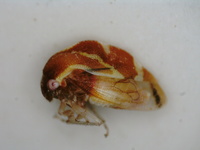 | Photo by: Tracy S Feldman
Durham Co.
Comment: unid_treehopper | 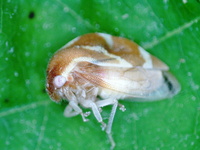 | Photo by: Tracy S Feldman
Durham Co.
Comment: unid_treehopper |
 | Photo by: Tracy S Feldman
Durham Co.
Comment: ID supported by M. Rothschild; matches diagrams in Kopp & Yonke 1973 | 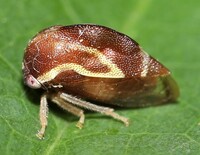 | Photo by: Rob Van Epps
Mecklenburg Co.
Comment: Suburban yard near woods. |
 | Photo by: Rob Van Epps
Mecklenburg Co.
Comment: Suburban yard near woods. |  | Photo by: Rob Van Epps
Mecklenburg Co.
Comment: Suburban yard near woods. |
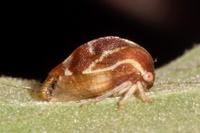 | Photo by: Scott Bolick
Montgomery Co.
Comment: | 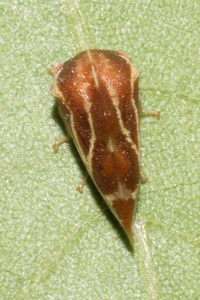 | Photo by: Scott Bolick
Montgomery Co.
Comment: |
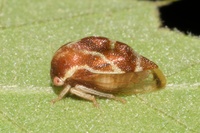 | Photo by: Scott Bolick
Montgomery Co.
Comment: | 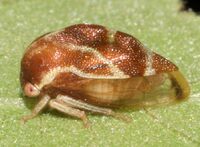 | Photo by: Scott Bolick
Montgomery Co.
Comment: |
 | Photo by: Scott Bolick
Montgomery Co.
Comment: |  | Photo by: Scott Bolick
Guilford Co.
Comment: |
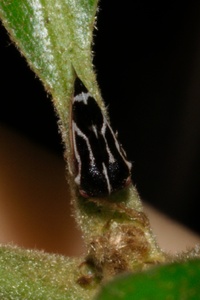 | Photo by: Scott Bolick
Guilford Co.
Comment: |  | Photo by: Scott Bolick
Guilford Co.
Comment: |
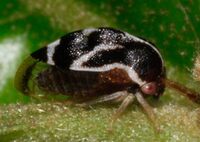 | Photo by: Scott Bolick
Guilford Co.
Comment: | 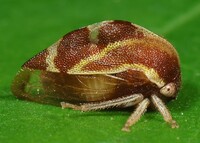 | Photo by: Rob Van Epps
Mecklenburg Co.
Comment: |
 | Photo by: Rob Van Epps
Mecklenburg Co.
Comment: | 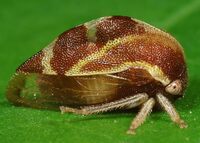 | Photo by: Rob Van Epps
Mecklenburg Co.
Comment: |
 | Photo by: Scott Bolick
Guilford Co.
Comment: |  | Photo by: Scott Bolick
Guilford Co.
Comment: |
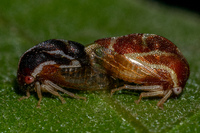 | Photo by: Scott Bolick
Guilford Co.
Comment: |  | Photo by: Scott Bolick
Guilford Co.
Comment: |
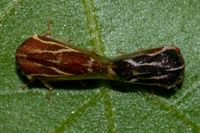 | Photo by: Scott Bolick
Guilford Co.
Comment: | 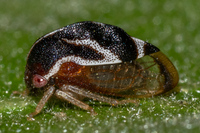 | Photo by: Scott Bolick
Guilford Co.
Comment: |
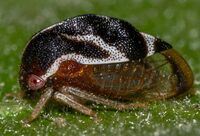 | Photo by: Scott Bolick
Guilford Co.
Comment: |  | Photo by: Scott Bolick
Guilford Co.
Comment: |
 | Photo by: Scott Bolick
Guilford Co.
Comment: |  | Photo by: Scott Bolick
Guilford Co.
Comment: |
 | Photo by: Scott R Bolick
Montgomery Co.
Comment: |  | Photo by: Scott R Bolick
Montgomery Co.
Comment: |
|

 »
»
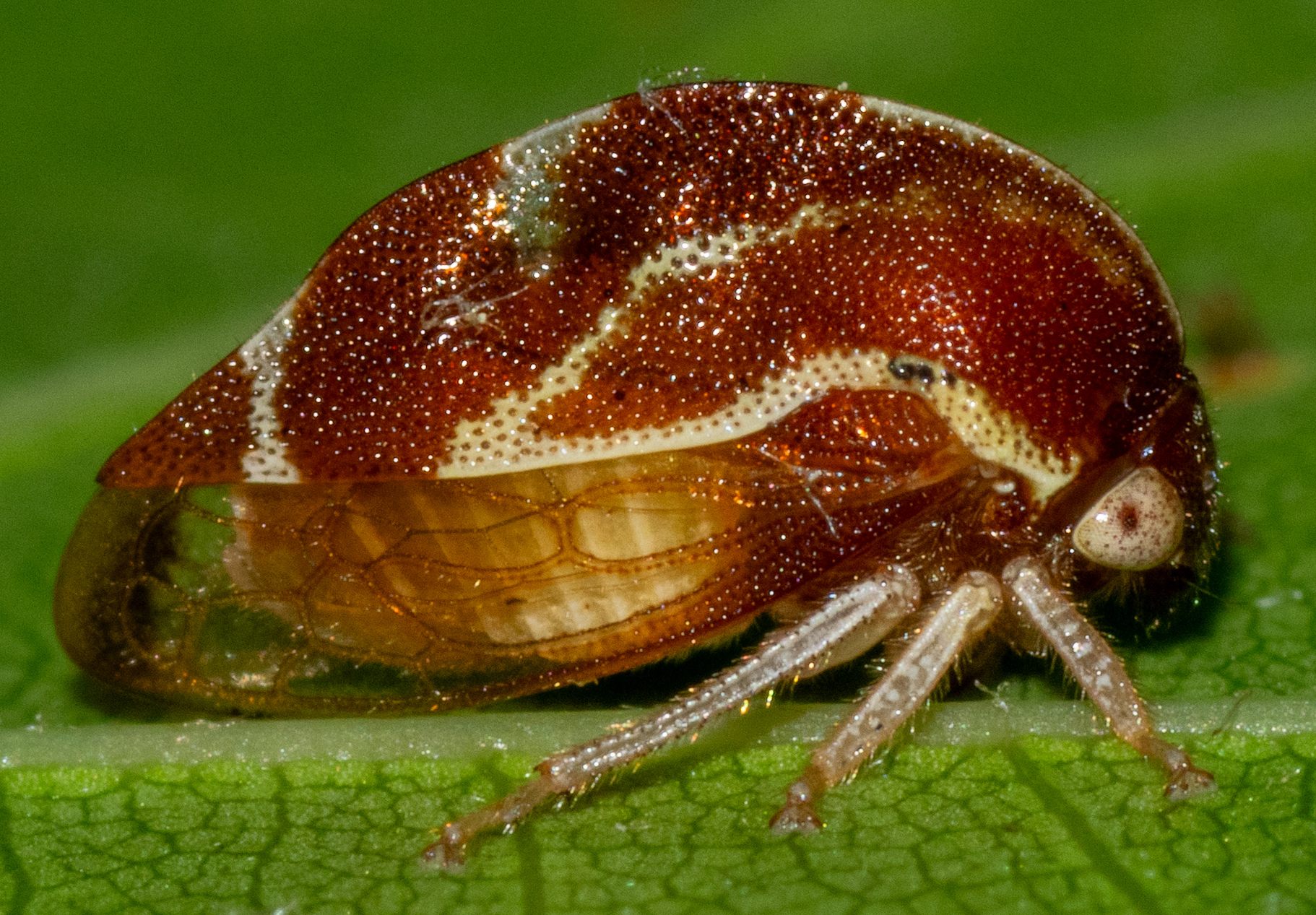
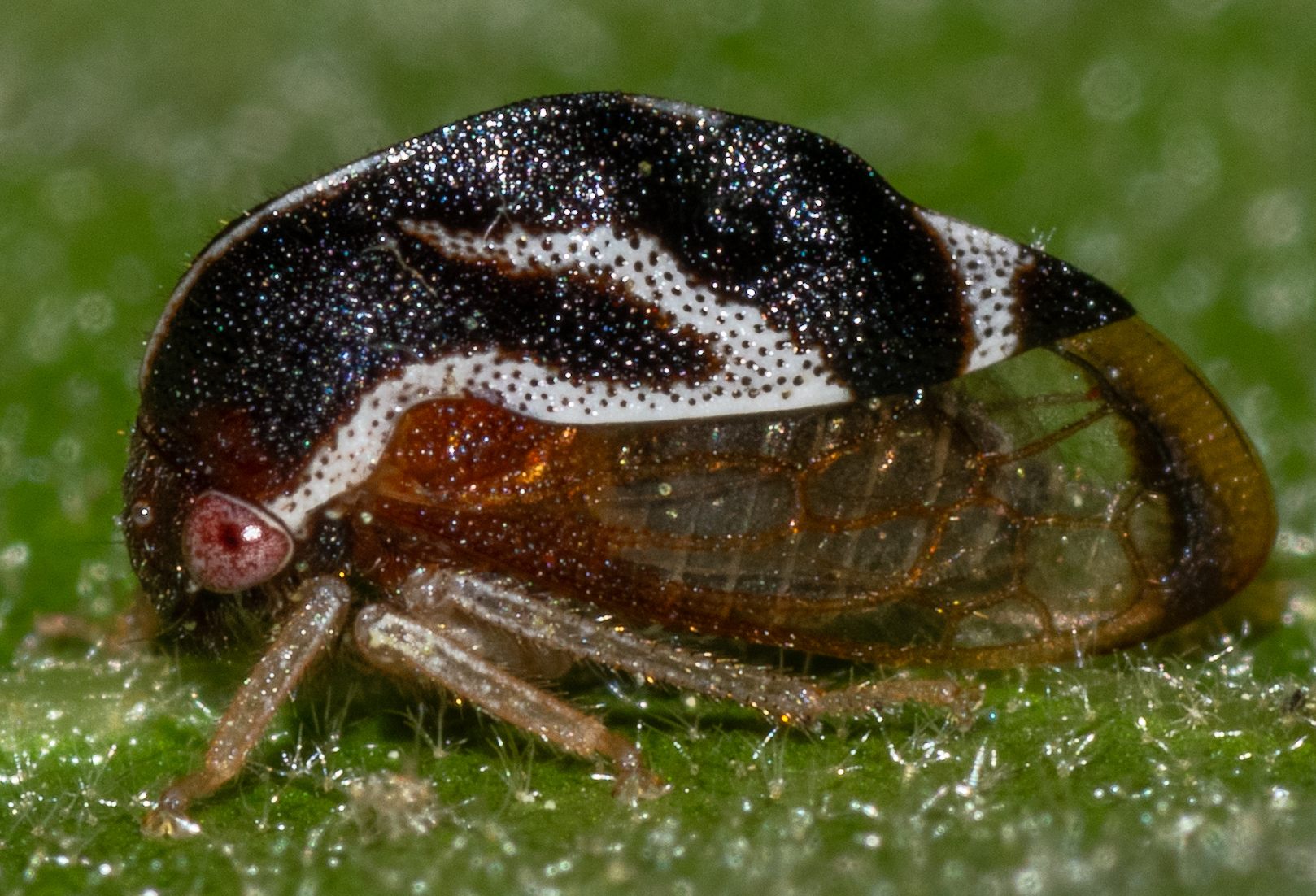
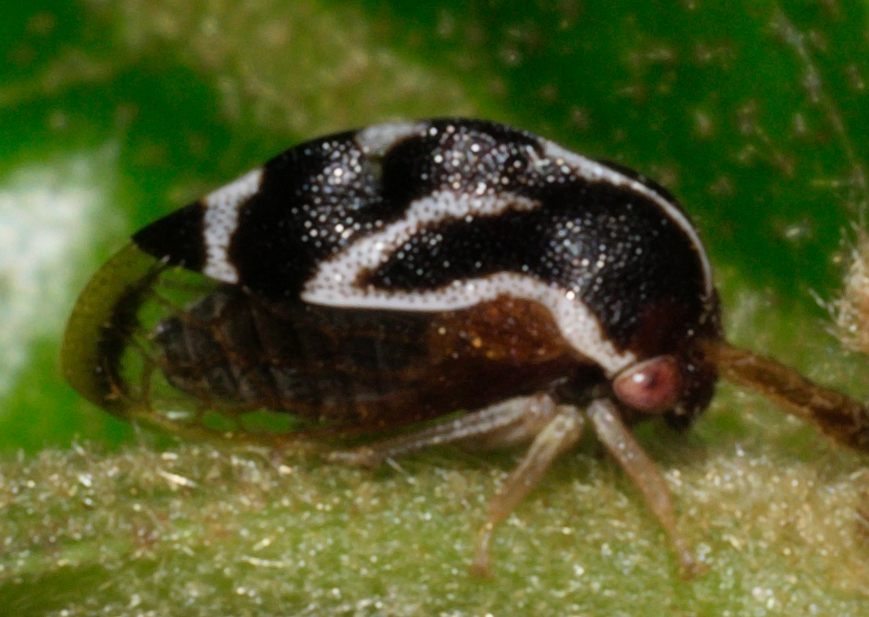

 »
»


